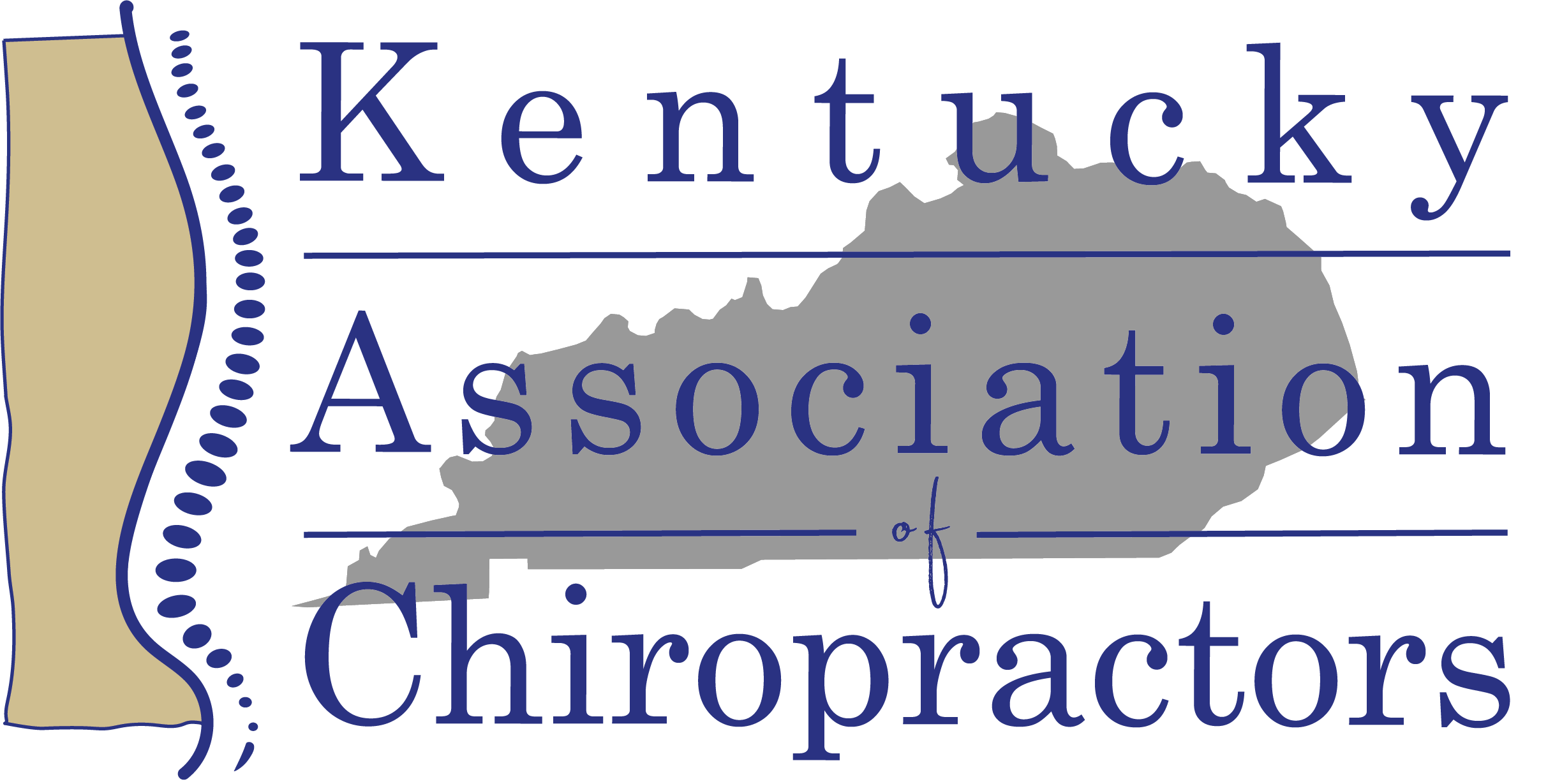In chiropractic care, accurate and appropriate use of timed therapy codes is essential for ensuring compliance with federal regulations and avoiding legal pitfalls. Recent legal actions against The Grand Health Care System and its affiliates highlight the importance of understanding and correctly applying these codes. Here’s a detailed look into how chiropractors can use timed therapy codes appropriately and avoid common mistakes.
Understanding the Legal Context
Strauss Ventures LLC, doing business as The Grand Health Care System and 12 affiliated skilled nursing facilities will pay $21.3M after recently settling allegations of violating the False Claims Act. The allegations included billing federal health care programs for unreasonable, unnecessary, or unskilled therapy services or services that did not occur as billed. The case emphasizes the need for strict adherence to billing guidelines to protect both patients and taxpayers. (US Department of Justice, 2024)
The Importance of Timed Therapy Codes
Timed therapy codes are used to bill for services based on direct, one-on-one patient care duration. Common codes include those for manual therapy, therapeutic exercises, and other skilled rehabilitation services. Medicare’s “eight-minute rule” is a crucial guideline for determining the billable units of service.
Advertisement

The Eight-Minute Rule
For time-based codes, Medicare requires a minimum of eight minutes of direct patient care to bill for one unit of service. The total time spent on therapy is divided by 15 to determine the number of billable units. An additional unit can be billed if eight or more minutes remain after dividing. (Collins, 2016)
For instance:
1 unit: 8-22 minutes
2 units: 23-37 minutes
3 units: 38-52 minutes
4 units: 53-67 minutes
Commonly used codes in chiropractic practices include:
97110: Therapeutic exercises
97112: Neuromuscular re-education
97124: Massage therapy
97140: Manual therapy techniques
Each code requires accurate documentation of the time spent on each procedure to ensure compliance and proper reimbursement.
Proper Documentation
To maximize revenue and avoid legal issues, chiropractors must:
Clearly Document Techniques and Time: Record the specific techniques, therapeutic goals, and time spent on each procedure. Documentation should reflect direct, face-to-face time with the patient, including pre-service, intra-service, and post-service activities. (Kathleen D. Weissberg, 2018)
Accurately Calculate Total Time: The total time is cumulative when multiple services are provided. For example, if you provide 10 minutes of therapeutic exercise (97110) and 10 minutes of manual therapy (97140), you have 20 minutes. This time only qualifies for one unit, which falls below the 23-minute threshold for two units.
Ensure Consistency with Clinical Condition: Therapy services should be based on the individual patient’s clinical needs, not arbitrary quotas, or financial incentives. Overbilling or providing unnecessary services can lead to severe penalties, as seen in the Grand Health Care System case.
Example of Proper Billing
24 minutes of neuromuscular re-education (97112)
23 minutes of therapeutic exercise (97110)
Total time: 47 minutes
This falls within the range for three units (38-52 minutes). The correct coding would be two units of 97112 and one unit of 97110.
Since each service was performed for at least 15 minutes, you can bill either code for two units and the other for one unit.
Timed therapy codes are critical for compliance and ethical practice in chiropractic care. By understanding and applying the eight-minute rule, accurately documenting services, and ensuring that therapy is clinically justified, chiropractors can avoid the pitfalls that led to legal action against The Grand Health Care System. Always prioritize patient needs over financial incentives to uphold the integrity of your practice and protect your patients.

Dr. Ray Foxworth, DC, FICC, is the visionary behind ChiroHealthUSA, serving as its esteemed founder and CEO. With over 39 years of dedicated service in chiropractic care, Dr. Foxworth has navigated the complexities of billing, coding, documentation, and compliance firsthand. His rich experience includes roles as the former Staff Chiropractor at the G.V. Sonny Montgomery VA Medical Center and past chairman of the Chiropractic Summit and Mississippi Department of Health.
Dr. Foxworth is deeply committed to advancing the chiropractic profession, which is evident through his leadership roles. He is an at-large board member of the Chiropractic Future Strategic Plan and holds an executive board position with the Foundation for Chiropractic Progress.


